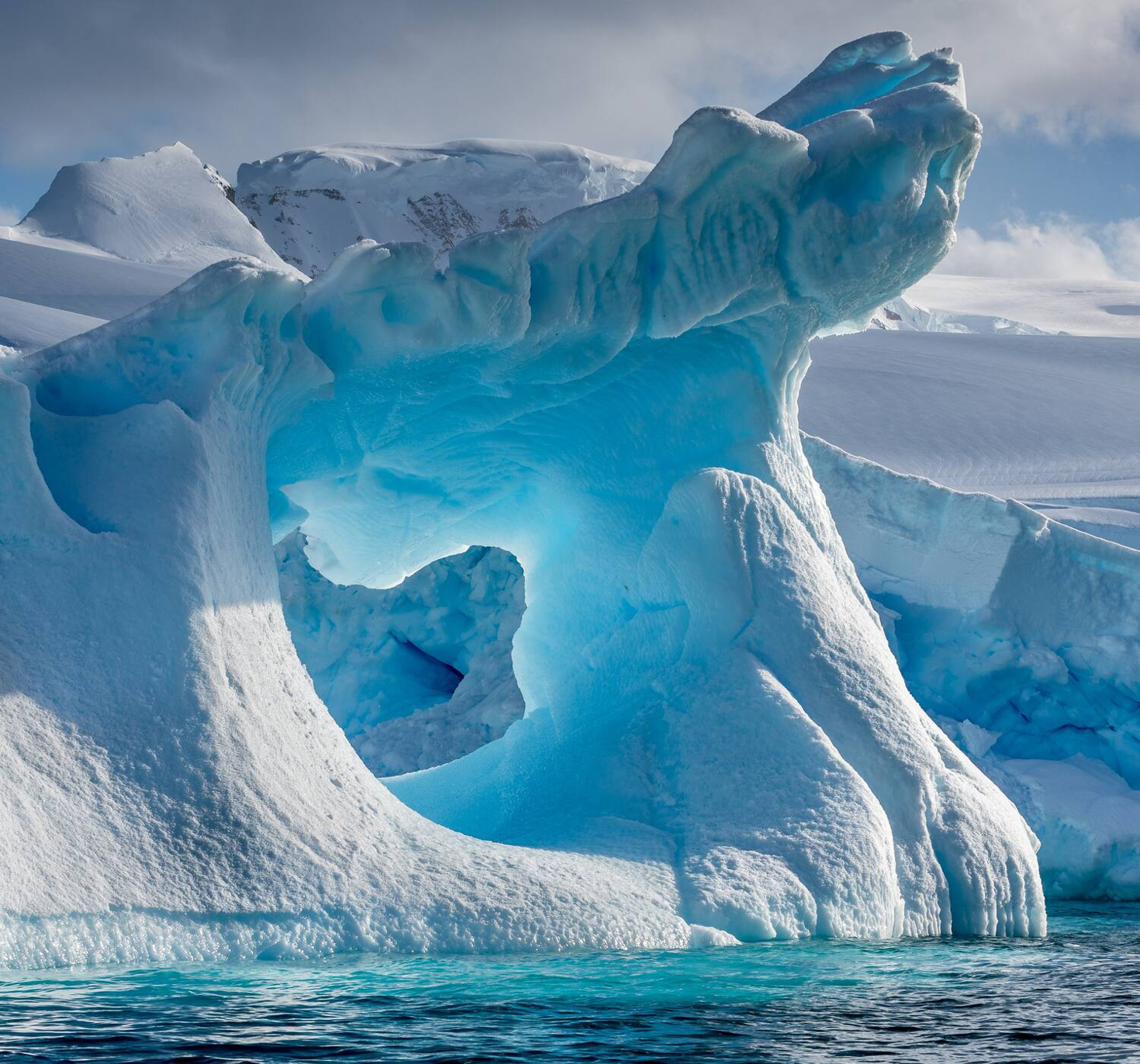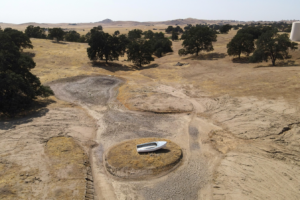Scientists have found microplastics in fresh Antarctic snow for the first time in a study they say highlights “the extent of plastic pollution globally.”
Researchers at the University of Canterbury in New Zealand collected snow samples from 19 sites in Antarctica, and they all contained the tiny plastics, according to the peer-reviewed paper published this week in the Cryosphere journal.
Their work revealed an average of 29 microplastic particles per liter of melted snow. Of the 13 types of plastics, the most common was polyethylene terephthalate (PET), which is used to manufacture clothes and soda bottles.
When PhD student Alex Aves went to Antarctica to collect the samples in 2019, “we were optimistic that she wouldn’t find any microplastics in such a pristine and remote location,” associate professor Laura Revell said Wednesday in a statement. Still, she added, “from the studies published in the last few years, we’ve learned that everywhere we look for airborne microplastics, we find them.”
The minuscule plastic particles, which can come from artificial clothing fibers, broken-down consumer products and other sources, are mostly undetectable to the naked eye — “much smaller than a grain of rice,” as this study describes them.
The most popular and interesting stories of the day to keep you in the know. In your inbox, every day.
But from deep oceans to Mount Everest, they have become nearly ubiquitous in a world that produces billions of pounds of plastic waste every year. People can also ingest them in water and food, although their effect on human health is not yet clear.
While prior research has identified the tiny particles in Antarctic sea sediments and surface water, the New Zealand study marks the first time they have been reported in fresh snow, according to the scientists.
The most likely origins of the airborne microplastics are local research stations, from clothing or equipment, although the results also suggest the particles may have traveled through the air from sources more than 3,700 miles away, they said.
Noting a “growing threat to the Antarctic ecosystem,” the study said microplastics can lead to impaired biological and reproductive functions for exposed organisms, from krill to penguins. It also makes reference to previous findings that the particles deposited on snow or ice caps can speed up melting, in part by absorbing light.
“It’s incredibly sad,” said Aves, the researcher, “but finding microplastics in fresh Antarctic snow highlights the extent of plastic pollution into even the most remote regions of the world.”
Ellen Francis is a reporter covering breaking news for The Washington Post in London.




